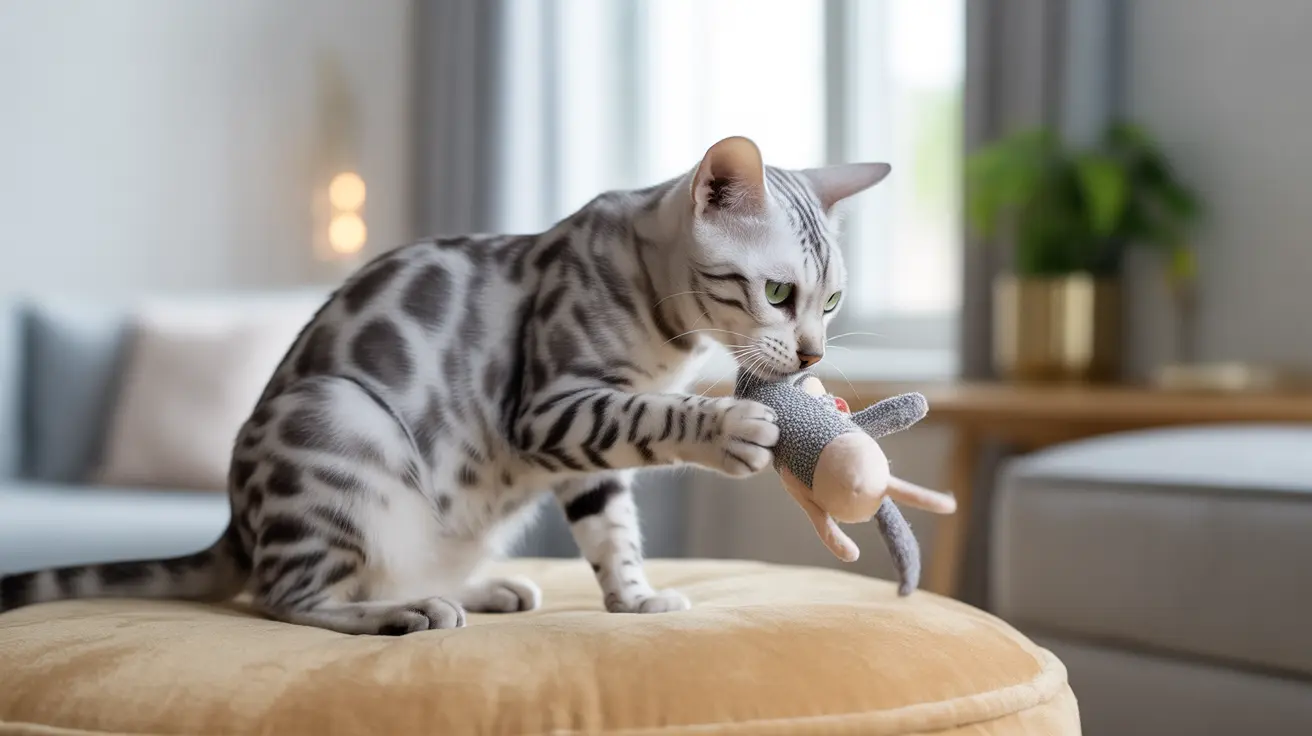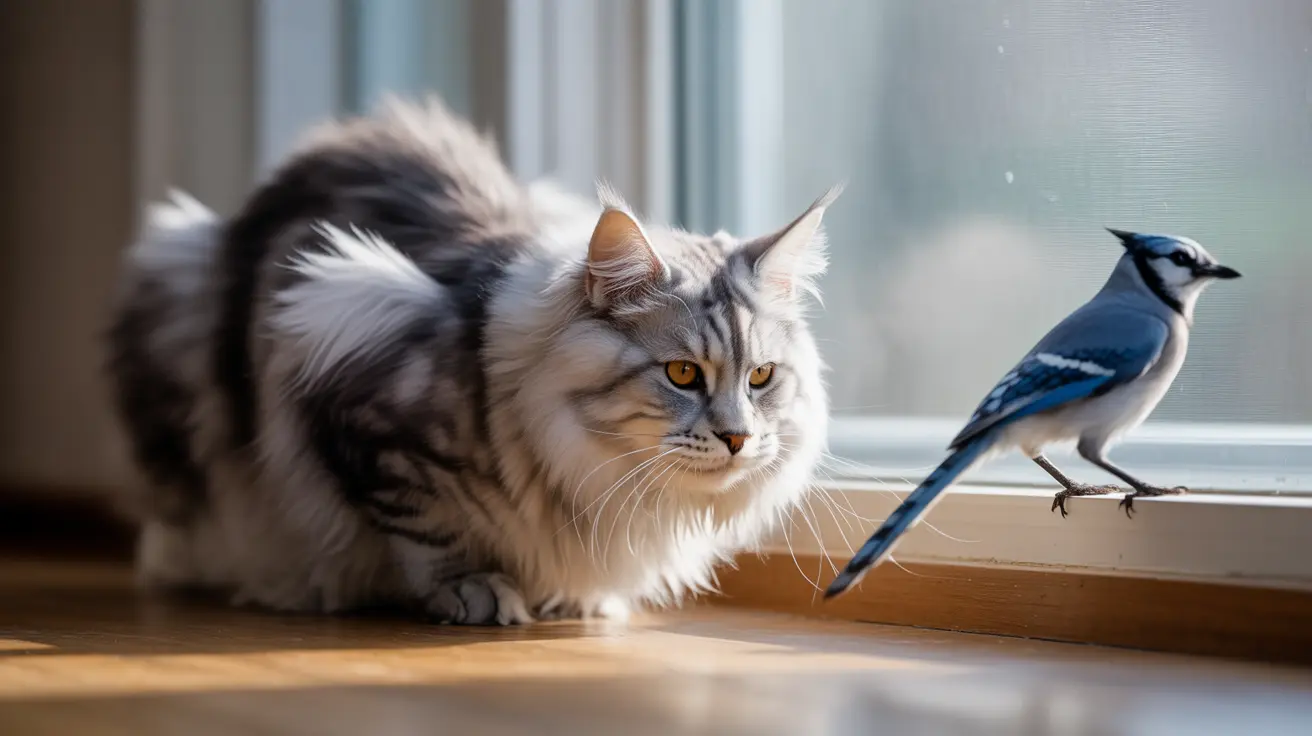Understanding Catnip and Its Effects
Catnip (Nepeta cataria) is a member of the mint family that contains nepetalactone, a compound that triggers behavioral responses in cats. This natural substance interacts with feline nasal receptors, creating what many describe as a euphoric effect in susceptible cats.
Approximately 50-70% of cats respond to catnip due to a genetic predisposition. The typical reaction includes behaviors like rolling, purring, increased playfulness, and sometimes drooling - all perfectly normal responses that usually last 10-15 minutes.
Signs of Catnip Allergies vs. Normal Reactions
Distinguishing between a true allergic reaction and normal catnip behavior can be challenging. Here are the key differences:
Normal Catnip Reactions:
- Rolling and rubbing
- Increased playfulness
- Temporary hyperactivity
- Mild drooling
- Purring and meowing
Potential Allergy Symptoms:
- Excessive sneezing
- Watery or irritated eyes
- Skin redness or irritation
- Respiratory issues
- Unusual coughing
- Gastrointestinal upset
Managing Catnip Exposure Safely
If you're introducing catnip to your cat for the first time, follow these precautions:
Start with a small amount and observe your cat's reaction carefully. Use catnip-infused toys rather than loose herb to minimize the risk of overconsumption. Monitor your cat for any adverse reactions, especially during the first few exposures.
Alternative Enrichment Options
If your cat shows sensitivity to catnip, several safe alternatives can provide similar enrichment:
- Silver vine
- Valerian root
- Cat grass
- Honeysuckle
- Interactive toys without herb infusion
Prevention and Safety Measures
To ensure your cat's safety when using catnip:
- Store catnip products in sealed containers
- Use fresh, high-quality catnip products
- Limit exposure to prevent overconsumption
- Clean up scattered herbs promptly
- Discontinue use if any adverse reactions occur
Frequently Asked Questions
Can cats be allergic to catnip, and what symptoms should I watch for?
Yes, cats can be allergic to catnip, though it's rare. Watch for symptoms like excessive sneezing, watery eyes, skin irritation, coughing, or gastrointestinal upset. These signs differ from normal catnip-induced behavior and warrant discontinuing use.
How can I tell if my cat's reaction to catnip is an allergy or just overstimulation?
Overstimulation typically involves temporary hyperactivity and excitement, while allergic reactions cause physical symptoms like sneezing, skin irritation, or respiratory issues. Overstimulation resolves quickly, while allergic reactions may persist even after removing the catnip.
What causes some cats not to respond to catnip at all?
About 30-50% of cats don't respond to catnip due to genetics. This trait is inherited, and non-response is completely normal. Kittens under six months typically don't react to catnip regardless of their genetic predisposition.
Are there safer alternatives to catnip for cats with sensitivities or allergies?
Yes, alternatives include silver vine, valerian root, and honeysuckle. These plants can provide similar enrichment benefits without the risk of catnip-specific reactions. Always introduce new substances gradually and monitor your cat's response.
How should I introduce catnip to my cat to avoid negative effects?
Start with a small amount in a controlled setting, using catnip-infused toys rather than loose herb. Observe your cat's reaction for 15-20 minutes, and discontinue use if any concerning symptoms develop. Wait several hours before any subsequent exposures.
Conclusion
While catnip allergies are uncommon, being aware of the possibility and knowing how to identify reactions helps ensure your cat's safety and wellbeing. If you suspect your cat may be sensitive to catnip, consult with your veterinarian and consider exploring alternative enrichment options.
Remember that each cat is unique, and what works for one may not work for another. The key is to observe your pet carefully and make informed decisions about their exposure to catnip and other stimulating substances.






